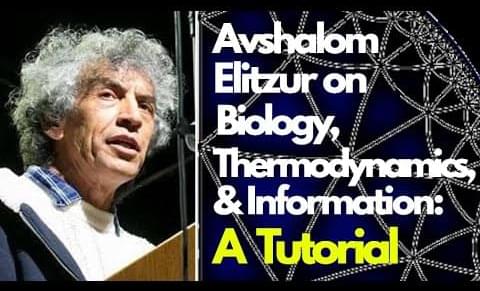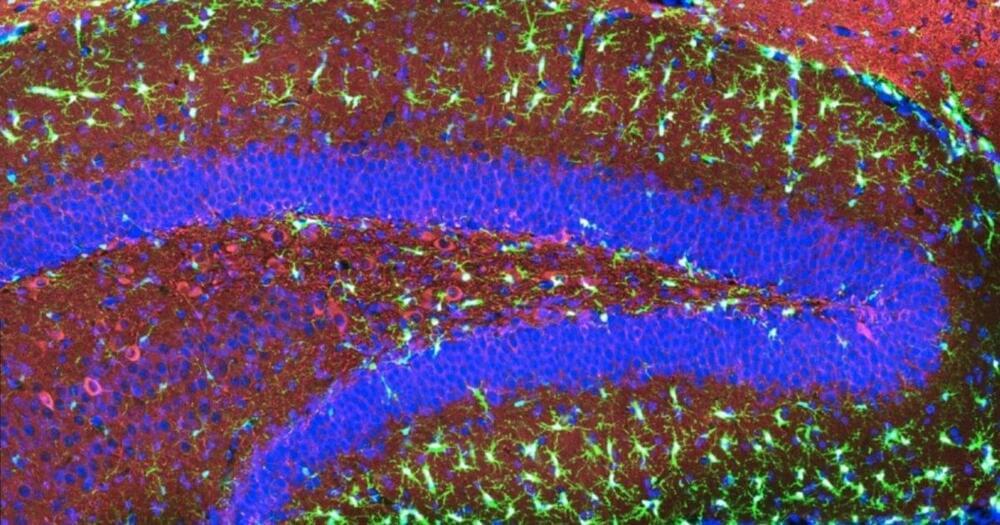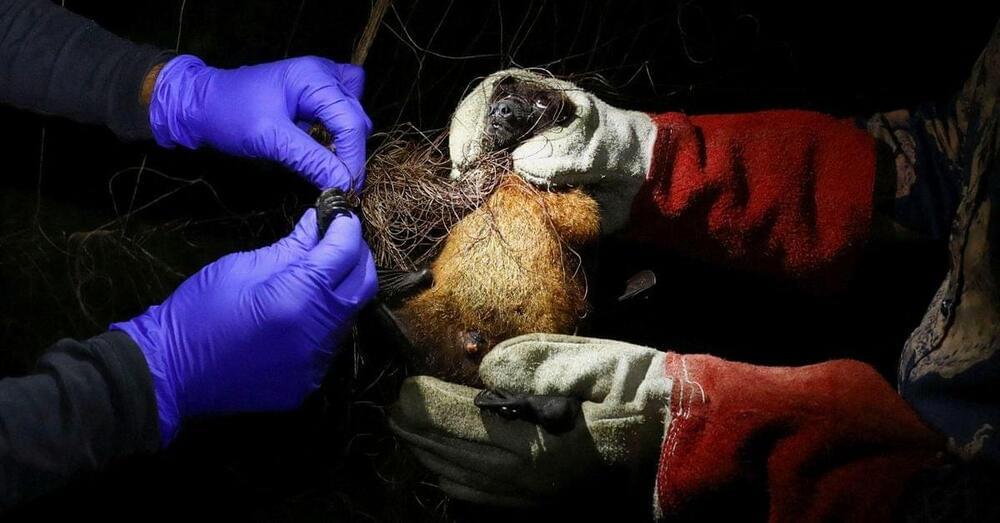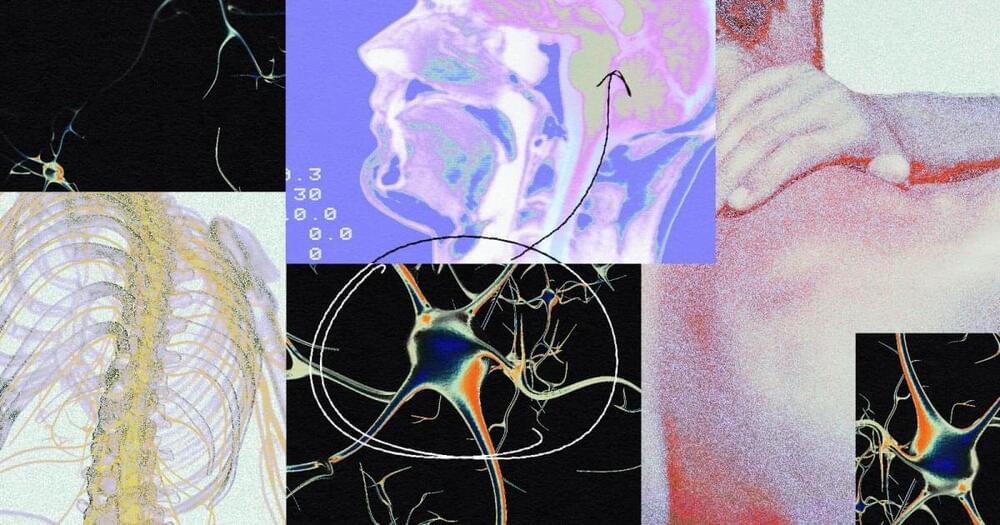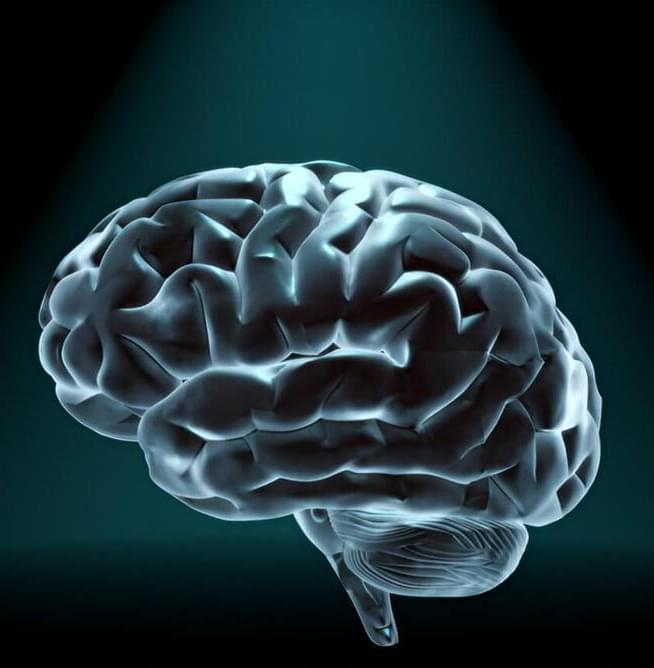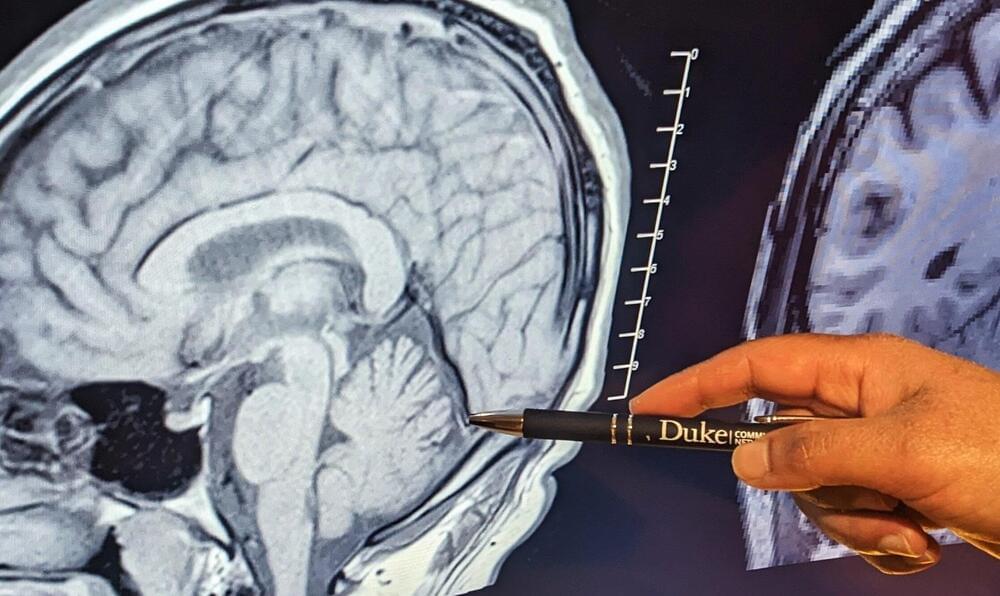Jan 11, 2024
Avshalom Elitzur on Biology, Thermodynamics, and Information: A Tutorial
Posted by Dan Breeden in categories: biological, neuroscience, quantum physics
Dr. Avshalom Cyrus Elitzur (Hebrew: אבשלום כורש אליצור; born 30 May 1957) is an Israeli physicist, philosopher and professor at Chapman University. He is also the founder of the Israeli Institute for Advanced Physics. He obtained his PhD under Yakir Aharanov. Elitzur became a household name among physicists for his collaboration with Lev Vaidman in formulating the “bomb-testing problem” in quantum mechanics, which has been validaded by two Nobel-prize-winning physicists. Elitzur’s work has sparked extensive discussions about the foundations of quantum mechanics and its interpretations, including the Copenhagen interpretation, many-worlds interpretation, and objective collapse models. His contributions have had a profound impact on both physics and philosophy, influencing debates about measurement, the role of observers, and the ontology of quantum states. Elitzur has also engaged in discussions about consciousness, the arrow of time, and other foundational topics, including a recent breakthrough in bio-thermodynamics and the “ski-lift” pathway.
Elitzur’s Google Scholar page: https://tinyurl.com/5n7a8hd6
Elitzur’s Wikipedia page: https://en.wikipedia.org/wiki/Avshalo…
IAI Article: https://iai.tv/articles/a-radical-new…
Continue reading “Avshalom Elitzur on Biology, Thermodynamics, and Information: A Tutorial” »
